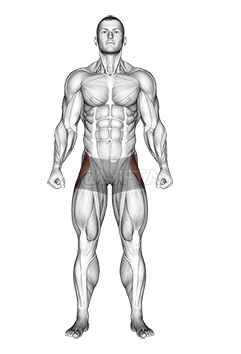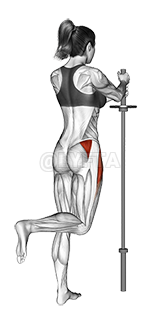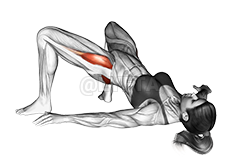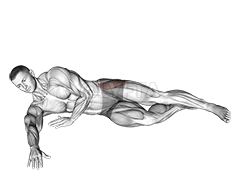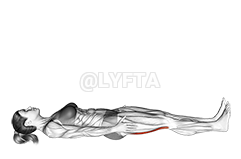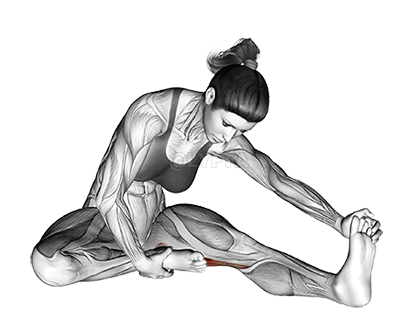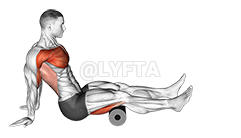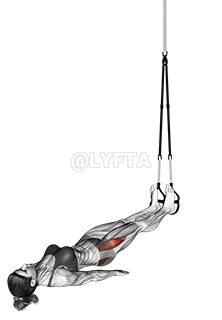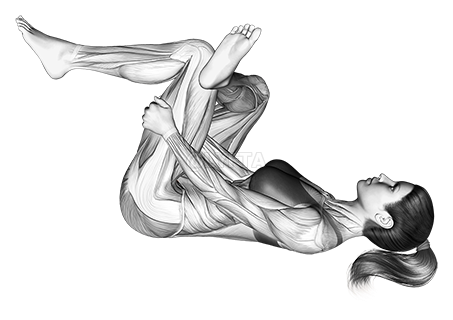
Standing Hip Abduction
Exercise Profile
Related Exercises:
Introduction to the Standing Hip Abduction
Standing Hip Abduction is a beneficial exercise that targets the hip abductors, particularly the gluteus medius, which aids in improving balance, stability, and overall lower body strength. It's ideal for athletes, elderly individuals seeking to maintain mobility, or anyone looking to enhance their lower body fitness. Incorporating this exercise into your routine can help prevent hip and knee injuries, improve athletic performance, and aid in daily activities like walking or climbing stairs.
Performing the: A Step-by-Step Tutorial Standing Hip Abduction
- Shift your weight onto your left foot, keeping your core engaged and your back straight.
- Slowly lift your right leg out to the side, keeping your toes pointed forward and not letting your body tilt to the side.
- Hold this position for a few seconds, ensuring your hip, thigh and knee are aligned and parallel to the floor.
- Gradually lower your right foot back to the starting position and repeat the process with your left leg.
Tips for Performing Standing Hip Abduction
- Control Your Movements: Avoid swinging your leg or using momentum to lift it. Instead, focus on using your hip muscles to perform the movement. This will help to ensure that you are targeting the right muscles and not putting unnecessary strain on your joints.
- Keep Your Foot Pointed Forward: Another common mistake is turning the foot outward during the lift. Try to keep your foot pointed forward. This will help to engage the correct muscles and avoid strain on the hip joint.
- Use a Support: Particularly for beginners, using a wall or chair for support can be very useful. It helps maintain balance and allows you to focus solely on the movement of your hip.
- Don
Standing Hip Abduction FAQs
Can beginners do the Standing Hip Abduction?
Yes, beginners can do the Standing Hip Abduction exercise. It's a simple exercise that can help strengthen the hip and thigh muscles. Here are the steps: 1. Stand up straight and hold onto a wall or a chair for support if necessary. 2. Slowly lift one leg out to the side, keeping your back and both legs straight. Do not lean to the opposite side. 3. Hold the position for a few seconds, then slowly lower your leg back to the starting position. 4. Repeat the exercise with the other leg. Remember to start with a number of repetitions that is comfortable for you, and gradually increase as your strength improves. Always consult with a fitness professional if you're unsure about the proper form or have any health concerns.
What are common variations of the Standing Hip Abduction?
- Lateral Band Walk: In this variation, you use a resistance band around your ankles or knees and walk sideways to engage your hip muscles.
- Seated Hip Abduction: This variation is performed on a machine at the gym, where you sit and move your legs away from each other against resistance.
- Side-Lying Hip Abduction: In this variation, you lie on your side and lift your top leg upwards, keeping the other leg straight on the ground.
- Supine Hip Abduction: This variation is performed lying on your back, where you spread your legs apart against resistance and then bring them back together.
What are good complementing exercises for the Standing Hip Abduction?
- Lunges are another good complementary exercise because they work on the same muscle groups as Standing Hip Abductions, specifically the glutes and the hip flexors, while also improving balance and coordination.
- Clamshells can also complement Standing Hip Abductions as they focus on strengthening the hip abductors and gluteus medius, which are crucial for hip stability during movements.
Related keywords for Standing Hip Abduction
- Bodyweight hip abduction exercise
- Standing hip abduction workout
- Body weight hip exercises
- Standing hip exercises
- At-home hip abduction workout
- Bodyweight exercises for hips
- Standing bodyweight hip abduction
- No-equipment hip abduction exercise
- Exercise for hip strength and flexibility
- Bodyweight hip abduction for muscle tone
